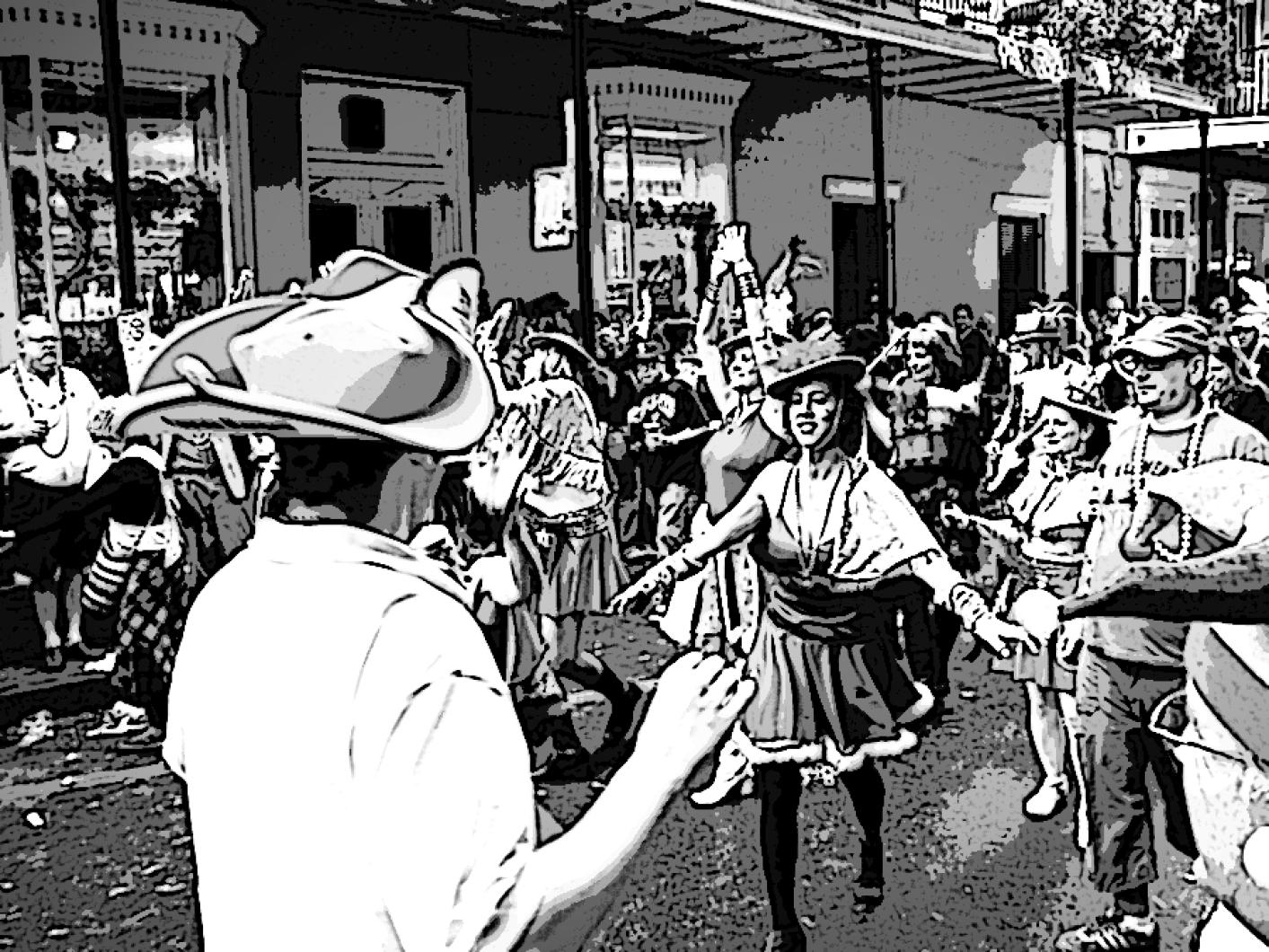V igilantly we awaited news on what would happen when the full force of Hurricane Gustav hit New Orleans, almost three years to the day that Hurricane Katrina struck with brute force. This time there was better preparation. Most residents evacuated the city. Many were assisted with transportation that the local government provided in advance. New Orleans was forced to watch and see if the tenuous levees would be strong enough to hold back water.
Even with an orderly evacuation, officials and residents will have to think about further restoration. One question is whether adequate precautions were taken to improve the levee system between the time Katrina struck and the touchdown of Gustav. Another is how well residents will do keeping their emotions together following the additional trauma of being uprooted once again.
The city had to be shut down. Tourists were ordered to leave. Most businesses, schools and universities were closed. Law enforcement was present in the city and the media kept us informed hour by hour expecting that the worst was yet to come. Our thoughts of New Orleans now include Hurricane Gustav and there will be new needs.
I was one among many who sat riveted to the television three years ago on August 29, 2005 seeing the plight of many people in New Orleans and thinking it was the result of a natural disaster — only to find out days later that the city could have survived the elements with far less damage than occurred. The human factor rather than the natural one is what resulted in massive destruction, human agony and loss of life. Three canals, not built to fully protect the city and its people, were breached. The Army Corps of Engineers, responsible in part for levee construction, had its reputation at stake. Knowing that most of the city is below sea level, anything less than a world class levee system could leave residents in certain areas, such as the ninth ward and St. Bernard Parish, in potentially dire straits.
At the time of Katrina the majority of New Orleans residents were African American, a fact that may not have been well understood before the hurricane. Media coverage revealed to the country that not only do many African Americans live there but many were needy and left vulnerable and neglected during a time of great destruction. Whites were not the media’s focus, primarily because even in St. Bernard Parish whites had or found the necessary transportation to evacuate. The storm did not discriminate, and people of all colors and all economic backgrounds suffered greatly. But history now shows that the powers that be — meaning local, state and federal government — were directly or indirectly involved in measures that separated people into the deserving and undeserving, beginning with where they would reside geographically.
High ground in New Orleans, near or above sea level was reserved for the French Quarter, the business district, and predominantly white residents. It was no accident that contiguous sections of the city, below sea level, such as the ninth ward, were designated for predominantly working poor African Americans with many in public housing pro-jects. Historically the city was designed so that those in the privileged class would have access to the labor of African Americans. Tourists who visit New Orleans return home with many accounts of the warm southern hospitality that they received while in the city, from the fun and festivity of Mardi Gras to the intrigue of the French Quarter and the jazz which is the hallmark of the city, to the experience known by many as eating one’s way through New Orleans. Food is bountiful and cooked to perfection with spice combinations hard to find elsewhere. Before Katrina, probably a majority of tourists never ventured out to the ninth ward.
Remembering Katrina is necessary. New Orleans is a city in the process of recovery and it is a complex process. Three years later, many former residents have not returned because after losing everything including home, school, neighborhood, community life, church affiliation, work, family togetherness — and most of all, hope for the future — there is nothing to return for. Many who remained or who evacuated and managed to return, still face desolation, frustration and emotional and financial challenges connected to rebuilding their lives.
Children are important to the recovery outcome, as they represent the next generation in New Orleans. As an African American woman from Martha’s Vineyard and Boston who has made three research visits to New Orleans, I have seen firsthand how much work lies ahead to build a school system that will provide educational opportunities unprecedented in the city’s history.
New Orleans needs its children to be healthy, well educated and prepared to become the adult generation of a revitalized city. Help of all kinds is needed, especially now after Hurricane Gustav. Even going there when the city opens up again and being a tourist with a conscience will help. This is a time to remember New Orleans, Katrina, its aftermath and now Hurricane Gustav.
Dolores Alleyne Goode lives in Oak Bluffs and Boston, where she is a professor in education.





Comments
Comment policy »